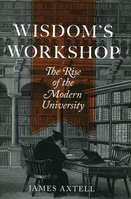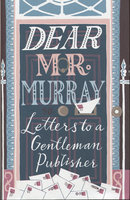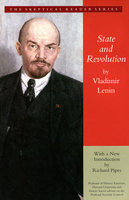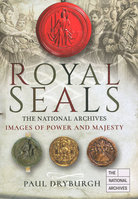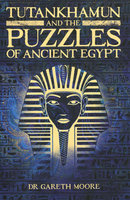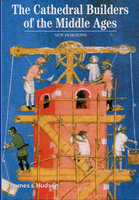New, Quality Books - 50-90% off, over 2500 titles
Your basket is empty.
Categories Last Chance to buy! ROLE OF THE SCROLL: An Illustrated Introduction to Scrolls
ROLE OF THE SCROLL: An Illustrated Introduction to Scrolls
Book number: 92034
Product format: Hardback
In stock
Bibliophile price
£4.50
Published price
£19.99
Customers who bought this product also bought
|
WISDOM'S WORKSHOP: The Rise of the Modern University
Book number: 92436
Product format: Hardback
Bibliophile price
£4.00
Published price
£30
|
DEAR MR MURRAY: Letters to A Gentleman Publisher
Book number: 93451
Product format: Hardback
Bibliophile price
£7.00
Published price
£16.99
|
STATE AND REVOLUTION
Book number: 93423
Product format: Paperback
Bibliophile price
£3.00
Published price
£13.99
|
|
ROYAL SEALS: THE NATIONAL ARCHIVES
Book number: 93418
Product format: Hardback
Bibliophile price
£4.00
Published price
£25
|
TUTANKHAMUN AND THE PUZZLES OF ANCIENT EGYPT
Book number: 93968
Product format: Paperback
Bibliophile price
£4.00
Published price
$12.99
|
CATHEDRAL BUILDERS OF THE MIDDLE AGES
Book number: 93694
Product format: Paperback
Bibliophile price
£5.00
Published price
£7.95
|
Browse these categories as well: Last Chance to buy!, Literature & Classics, Word Books and Dictionaries, History









